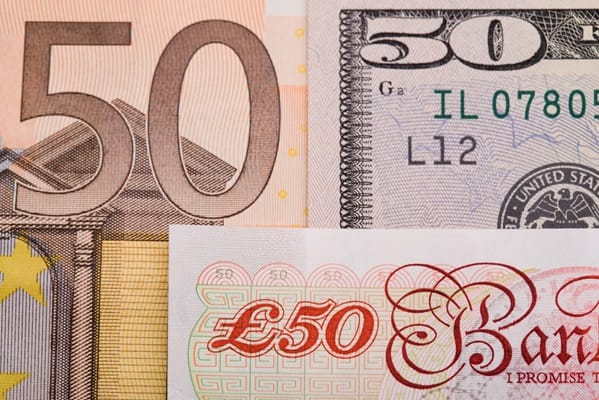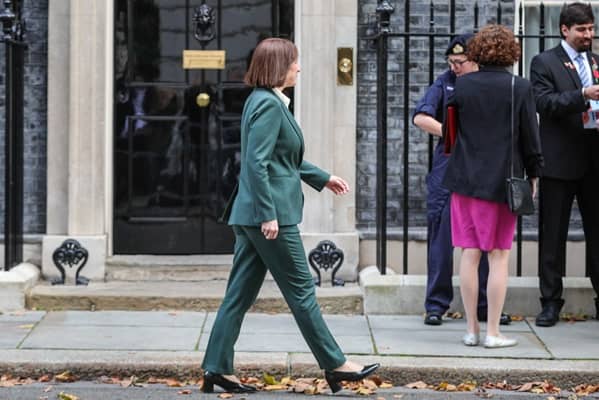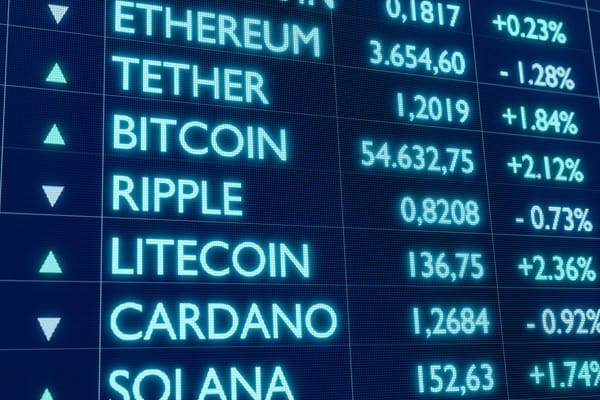Bussiness
Pound has faced challenges against the US dollar in recent weeks – London Business News | Londonlovesbusiness.com

The British pound has faced challenges in recent weeks against the US dollar, trading near its lowest levels in ten weeks around 1.2906.
However, from my perspective, there are potential signs of a bullish rebound for the pound if global market risk sentiment improves. Despite the current downward pressure on the GBP/USD pair, indicators suggest that the pound could strengthen in the near future.
Today, the pound started trading at 1.2930, after hitting its ten-week low at 1.2906 yesterday. This performance reflects the weakness of the pound against the strength of the US dollar, which benefits from rising US Treasury yields and increased demand for the dollar as a safe haven amid market concerns about inflation and the global economy.
Despite these pressures, I believe that an improvement in risk sentiment could support the pound in the coming period. This improvement depends largely on a range of fundamental factors, including upcoming economic data from both the UK and the US. Currently, the market is highly likely to respond to the Purchasing Managers’ Index (PMI) data, as these indicators provide a clearer picture of the economy’s current state and future outlook.
However, in my opinion, the most influential factor for markets will be the monetary policies of both the Bank of England and the US Federal Reserve. During a discussion at the annual meeting of the Institute of International Finance in Washington, Bank of England Governor Andrew Bailey expressed that inflation in the UK is falling faster than expected. While this decline is a positive signal, Bailey pointed out some consumer caution, indicating that rising savings rates reflect concerns about future economic conditions. He also stated that it would not be appropriate to mandate pension funds to invest in British assets, reflecting unease about the domestic market.
At the same time, I believe that the pound faces additional challenges from the US, where the US dollar continues to gain strength due to resilient economic data and increasing expectations that the Federal Reserve may remain hawkish for longer. The US Dollar Index (DXY) rising to its highest level since late July underscores this strength, further pressuring the pound.
Nevertheless, one of the key factors that could boost the pound in the future, in my view, is a potential decline in the US dollar if we witness an improvement in market risk sentiment. The dollar tends to weaken when investors shift towards higher-risk assets, such as stocks or higher-yielding currencies. Therefore, if we see a shift towards risk-taking, the pound could benefit from this shift, especially as US Treasury yields continue their slight decline.
On the other hand, the impact of weak UK economic data cannot be ignored. October’s PMI data showed a slowdown in growth momentum, with the manufacturing index dropping significantly to 50.3 from 51.5, reflecting a contraction in manufacturing activity. However, the pound’s reaction remained relatively steady, indicating that the market may have already priced in this weak data.
In my opinion, the main challenge for the pound remains the Bank of England’s ability to control inflation while balancing the need to support economic growth and prevent worsening inflationary pressures. With the Bank continuing to hint at a potential rate cut in the future, this could add further pressure on the pound. However, if the UK economy shows slight improvements in key economic indicators, particularly in terms of growth and productivity, it could provide an opportunity for the pound to rebound upward.
In conclusion, the British pound faces multiple challenges, but there is a potential opportunity for a rise if risk sentiment improves in the markets. This outlook depends significantly on the developments in economic data from both the UK and the US, as well as the monetary policy directions of both central banks. If investor risk appetite increases, we could see an improvement in the GBP/USD pair, pushing it to higher levels in the upcoming period.








